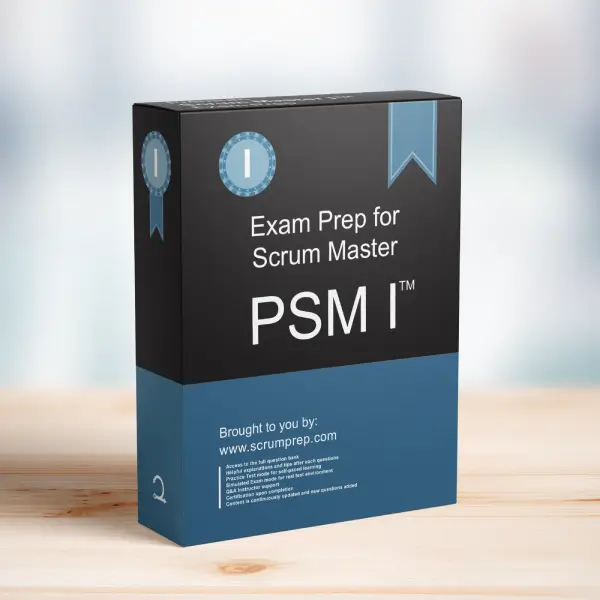Addressing Budget Allocation for Architecture and Infrastructure in Scrum
In Scrum, the approach to developing architecture and infrastructure is integral to the iterative and incremental nature of the framework. Let’s examine the best responses a Scrum Master might give when a manager and Product Owner allocate budget for a first Sprint to figure out architecture and infrastructure issues.
Exam Question
What are two good answers a Scrum Master might give their manager and Product Owner when they say they have allocated budget for a first Sprint to figure out architecture and infrastructure issues? (choose the best two answers)
- A. Explain that the best architecture and infrastructure emerge alongside the development of functionality.
- B. Encourage the Product Owner to include some business functionality in the Sprint.
- C. Agree that architecture and infrastructure are best handled before starting Scrum.
- D. Explain that Sprints are time-boxed and that one Sprint may not be enough to fully determine architecture.
- E. Explain that the developers will reach out to the system architect when needed during each Sprint Planning meeting.
Correct Answers
A. Explain that the best architecture and infrastructure emerge alongside the development of functionality.
B. Encourage the Product Owner to include some business functionality in the Sprint.
Explanation
Why A is Correct
A. Explain that the best architecture and infrastructure emerge alongside the development of functionality:
In Scrum, architecture and infrastructure are not predefined in a separate phase but are developed incrementally as part of the ongoing work. This approach allows for adapting to changes and emerging requirements, ensuring that the architecture evolves in a way that supports the actual needs of the product.
Why B is Correct
B. Encourage the Product Owner to include some business functionality in the Sprint:
Including business functionality in the first Sprint ensures that the team delivers value from the outset. It also allows the team to test the architecture and infrastructure in the context of real functionality, which provides immediate feedback and helps in making informed decisions.
Why C, D, and E are Incorrect
C. Agree that architecture and infrastructure are best handled before starting Scrum:
This approach contradicts the iterative and incremental nature of Scrum, where architecture and infrastructure are developed alongside business functionality.
D. Explain that Sprints are time-boxed and that one Sprint may not be enough to fully determine architecture:
While this statement is true, it does not address the core principle that architecture should emerge through iterative development.
E. Explain that the developers will reach out to the system architect when needed during each Sprint Planning meeting:
This response does not emphasize the importance of integrating architecture and business functionality development within each Sprint.
Key Points
- Emergent Architecture: Architecture and infrastructure should evolve alongside the development of functionality.
- Business Value: Including business functionality in early Sprints ensures that the team delivers value and gains immediate feedback.
Responsibilities in Scrum
- Product Owner: Ensures that the Product Backlog is ordered to maximize the value delivered each Sprint and includes business functionality in every Sprint.
- Scrum Master: Facilitates the Scrum process, helps the team understand the importance of emergent architecture, and encourages delivering business value in every Sprint.
- Developers: Work on both architecture and business functionality incrementally to deliver a potentially releasable increment.
Relevance to the PSM I Exam
Understanding the principles of emergent architecture and the importance of delivering business functionality from the first Sprint is crucial for the PSM I exam. This knowledge helps candidates appreciate the iterative and incremental approach of Scrum.
Conclusion
In Scrum, the best architecture and infrastructure emerge alongside the development of functionality. Encouraging the inclusion of business functionality in the first Sprint ensures that the team delivers value and gains immediate feedback. Understanding these principles is essential for effective Scrum implementation.
For comprehensive preparation and practice exams, check out PSM I Exam Prep to enhance your understanding and application of Scrum principles.




